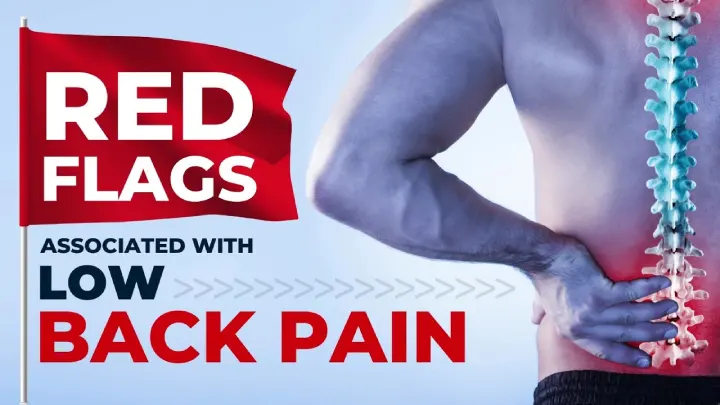Spine Surgeon
Low Back pain
Low Back pain
Low back pain is a common discomfort affecting the lumbar region of the spine, characterized by pain, stiffness, or tension in the lower back. Factors such as poor posture, improper lifting techniques, and sedentary lifestyles can contribute to its development. Most cases of low back pain are acute and often improve with rest, over-the-counter pain medications, and gentle exercises. However, persistent or severe pain may require medical attention for a comprehensive evaluation to identify the underlying cause and determine appropriate management strategies and surgery.
What are the causes and symptoms of low back pain?
Causes of low back pain:
- Muscle Strain or Sprain: Overexertion, lifting heavy objects, or sudden movements.
- Herniated Disc: Disc material bulging or rupturing, putting pressure on nerves.
- Degenerative Disc Disease: Wear and tear on spinal discs over time.
- Spinal Stenosis: Narrowing of the spinal canal, often due to aging.
Scoliosis: Abnormal curvature of the spine. - Osteoarthritis: Wear and tear on the joints.
Symptoms of low back pain:
- Localized Pain: Aching or discomfort in the lower back region.
- Radiating Pain: Sharp or shooting pain that may extend into the buttocks or legs.
- Numbness and Tingling: Sensations of numbness or tingling in the lower back, buttocks, or legs.
- Muscle Weakness: Weakness in the muscles of the lower back or legs.
Stiffness: Difficulty moving or a sensation of stiffness in the lower back. - Limited Range of Motion: Difficulty bending, twisting, or performing certain movements.
- Chronic Pain: Persistent or recurring pain lasting for an extended period.
- Postural Changes: Changes in posture, such as leaning to one side, especially in scoliosis.
How to diagnose low back pain?
- X-ray Examination: X-rays provide insight into bone alignment and identify conditions such as arthritis or fractures, offering a valuable diagnostic tool for assessing the skeletal structure.
- MRI or CT Imaging: MRI and CT scans are effective in revealing intricate details of soft tissues, tendons, nerves, ligaments, blood vessels, muscles, and bones. These advanced imaging techniques are particularly useful for detecting herniated discs and other complex issues.
- Bone Scan/PET Scan for Cancer Detection: A bone scan is employed to identify bone cancer or compression fractures resulting from conditions like osteoporosis, offering a comprehensive assessment of bone health.
- Nerve Conduction or Electromyography (NCV or EMG): Conducting nerve conduction or electromyography studies helps confirm nerve compression, a phenomenon often associated with conditions such as herniated discs or spinal stenosis. This study provides valuable information on nerve function and can aid in the diagnosis of related issues.
What are the complications of low back pain?
- Impaired Exercise Routine: Chronic pain may hinder regular exercise, disrupting a healthy lifestyle and potentially leading to weight gain and muscle loss.
- Restricted Movement: Back pain can limit mobility, causing a sedentary lifestyle, further contributing to weight gain and muscle atrophy.
- Altered Posture: Prolonged back pain may lead to changes in overall posture as the body adapts to a specific position to minimize discomfort.
What is the treatment option for low back pain?
Medications for pain management:
- Over-the-counter pain relievers, muscle relaxants, and anti-inflammatory drugs offer effective relief by managing pain and reducing inflammation associated with lower back pain.
Heat and cold therapy:
- The application of heat packs or cold compresses to the affected area serves as a therapeutic measure, offering soothing relief and reducing inflammation linked to lower back pain.
Physiotherapy
- Targeted physiotherapy and rehabilitation is an important part of treatment focussing on core strengthening, improved ergonomics and non-invasive methods to treat low back pain.
What are surgical treatments for low back pain?
- Lumbar Discectomy
- Lumbar Decompression Surgery (Laminectomy)
- Lumbar Fusion
- Lumbar Artificial Disc Replacement
- Foraminotomy
- Spinal Fusion
- Microdiscectomy
- Vertebroplasty or Kyphoplasty
Suffering from low back pain can significantly impact daily life, but finding effective treatment is crucial for relief. Synapse Spine offers specialized care and advanced treatments for low back pain, ensuring personalized solutions tailored to each patient’s needs. With a team of experienced spine specialists and cutting-edge facilities, Synapse Spine provides comprehensive care to alleviate discomfort and restore mobility. Don’t delay your relief any longer – book your appointment today with Synapse Spine to start your journey toward a pain-free life.


